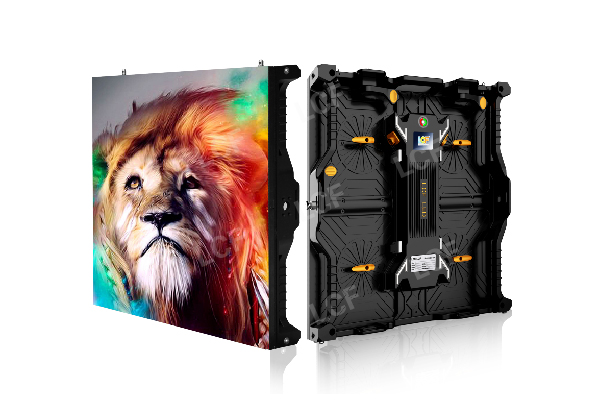Publisher: Supplier of LED Display Time: 2018-05-03 Views: 4373

1. LED display synchronization control system: It is mainly used to display video, graphics, notifications and other information in real time. Mainly used for indoor or outdoor full color LED display. The LED display synchronous control system controls the working mode of the display, which is basically equivalent to the computer monitor. It maps the image on the computer monitor in real time at an update rate of at least 60 frames per second, usually with multi-gray color display. Ability to achieve multimedia advertising effect.
Its characteristics are: real-time, rich in expressiveness, complex operation, high price, and the content on the computer monitor is completely synchronously displayed, so if the computer is turned off, the LED display will not be displayed, so the playback time will be subject to certain restrictions. This kind of system is mainly used in places with high real-time requirements.
2. LED display asynchronous control system: also known as LED display offline control system or offline card. Mainly used to display all kinds of text, symbols and graphics or animation. The screen display information is edited by the computer, and is pre-installed into the frame memory of the LED display screen through the RS232/485 serial port, and then displayed and played screen by screen, cyclically, and the display methods are colorful and varied.
Its characteristics are: simple operation, low price and wide range of use. The biggest feature is that the content of the display screen can be controlled by area, which is not synchronized with the content on the computer monitor. After editing on the computer, send it to the control card, and then the control card will display it. Therefore, even if the computer is turned off, the LED display can still display, but the amount of playback information will be limited to a certain extent, because the storage capacity of the control card has a certain range. It is suitable for places that do not require high real-time performance.
The above is the difference between the LED display synchronous control system and the asynchronous control system. Customers can choose one of them according to their actual situation.